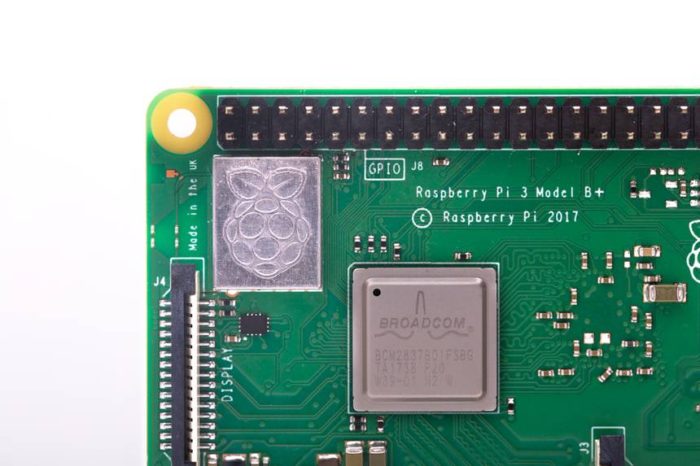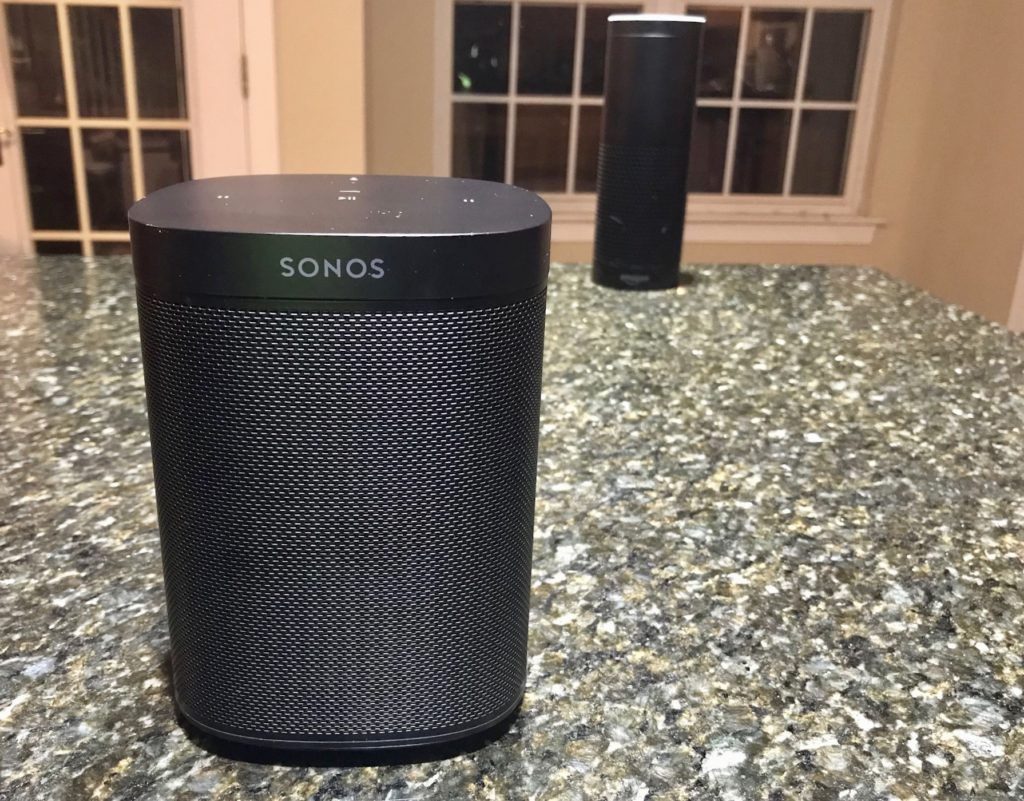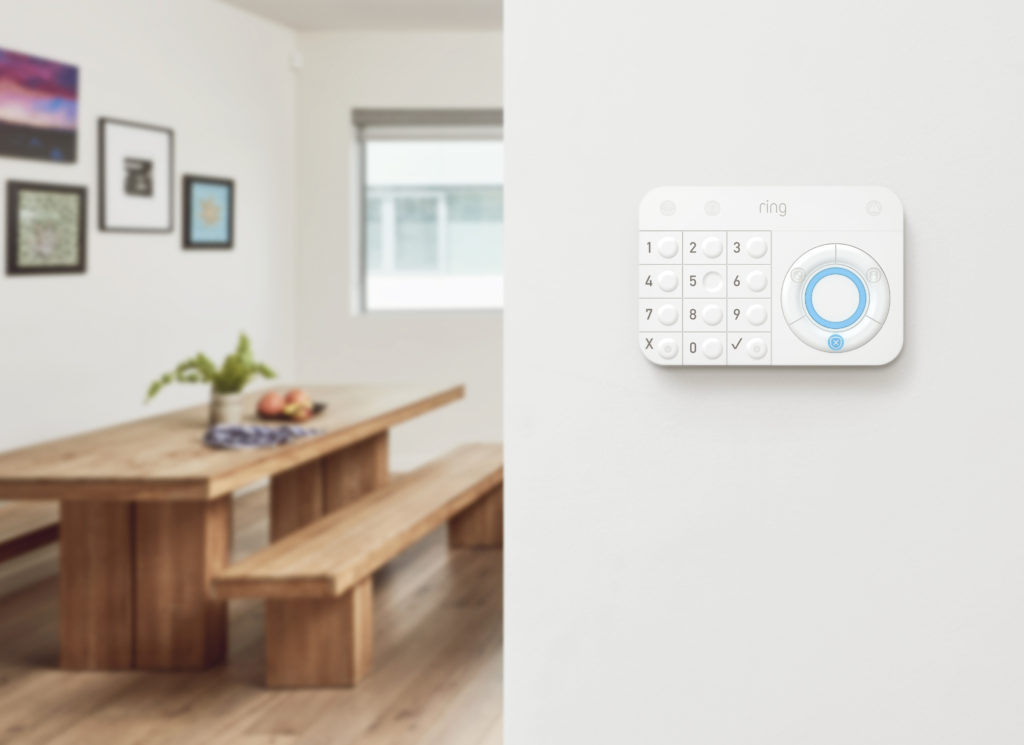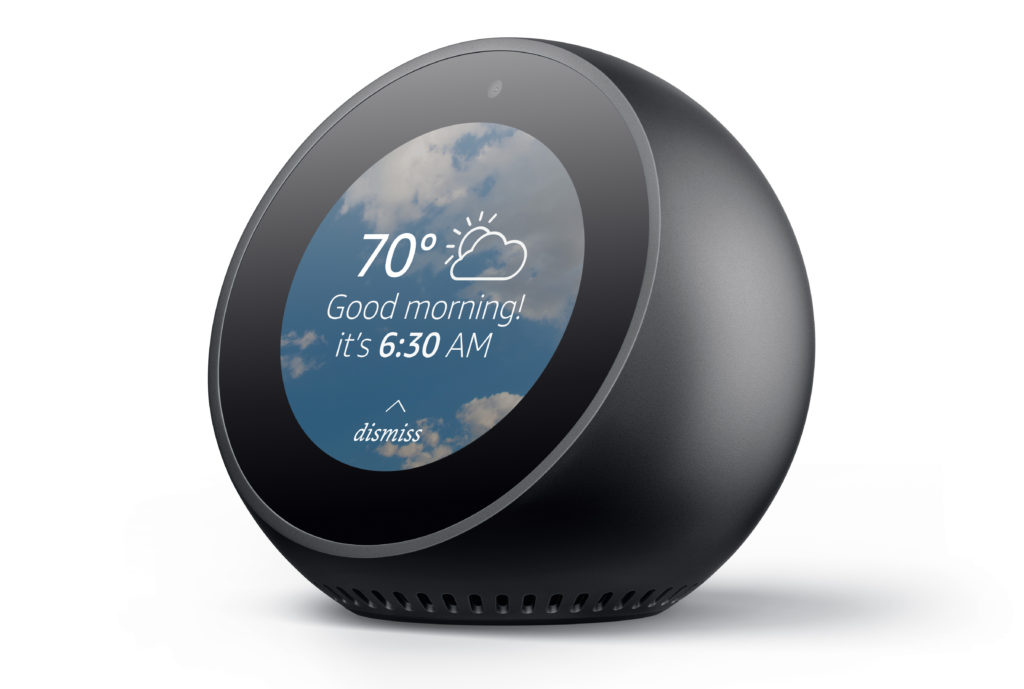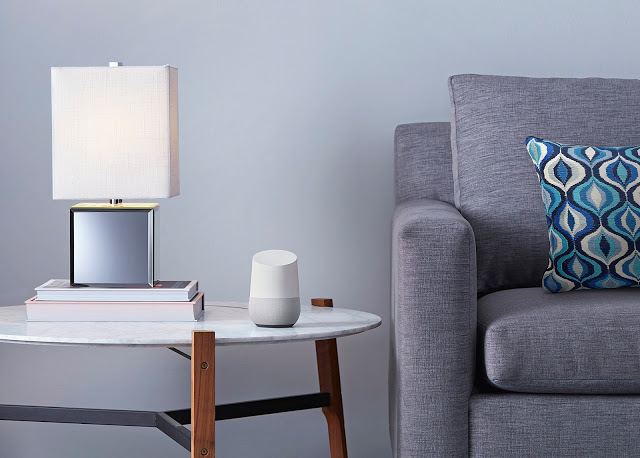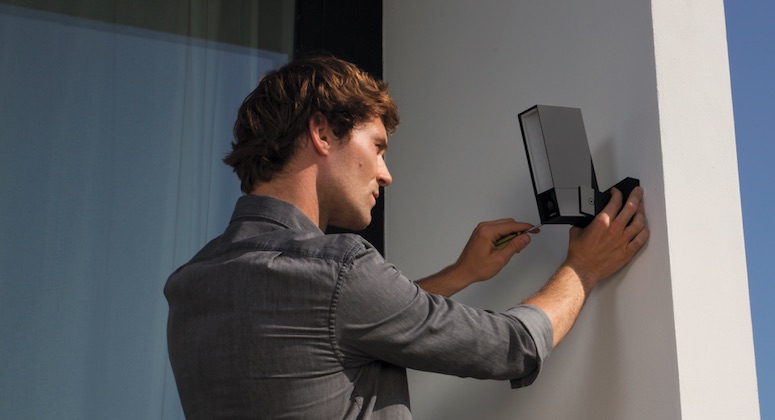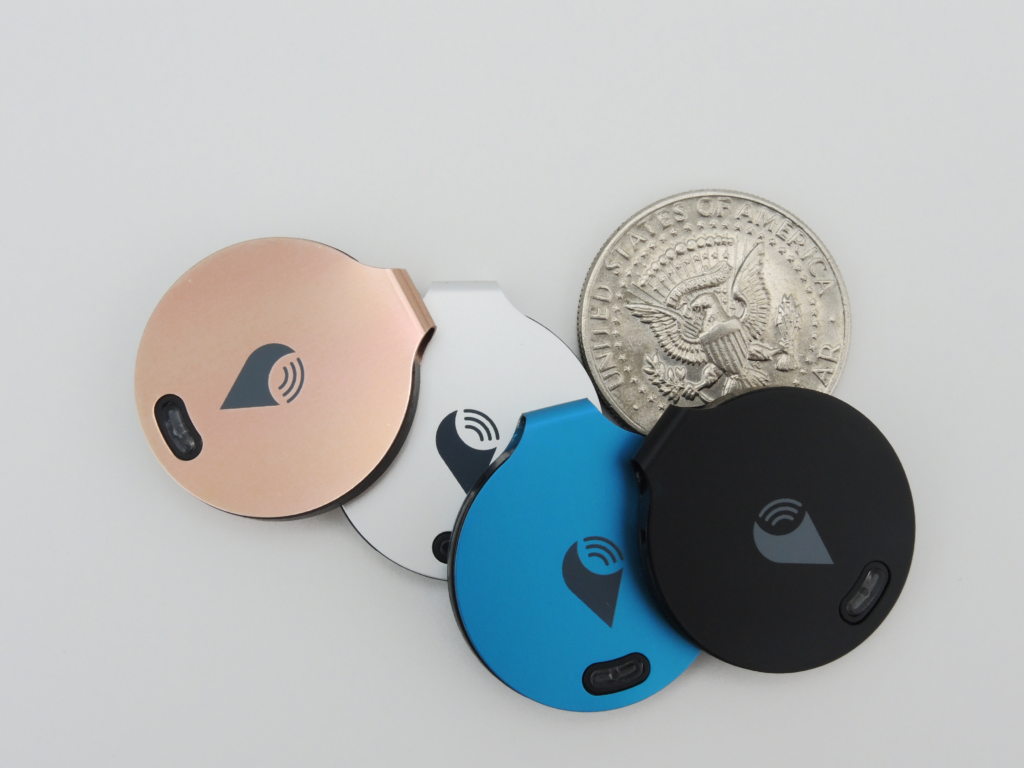Microsoft plans to spend $5 billion on the internet of things, and it’s more than the usual shell game that big firms play with these sorts of announcements. We discuss its plans on this week’s podcast. We also talk about Qualcomm’s new vision chips for edge devices, what it means that apps are disappearing from the Apple Watch and Kevin’s thoughts on getting Alexa or Google to talk to you. Comcast shared its vision and new features for Stringify, August is working with SimpliSafe, there’s an old UPnP exploit hitting the IoT and I dumped a gadget for poor performance. I review the Nest doorbell before we answer a question on Z-wave and ZigBee for a listener.
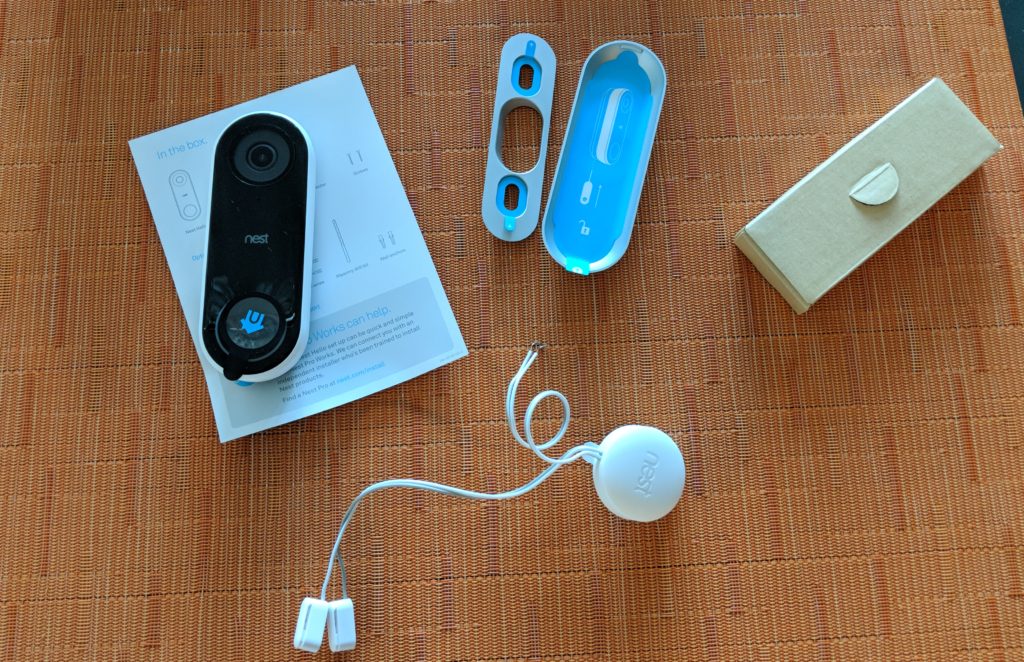
This week’s guest is Poppy Crum, chief scientist at Dolby Laboratories, who came on the show as part of an IEEE event at SXSW last month. We talk about where hearables are today, what’s changing and some of the cool things we can look forward to. I suggest a mute button for people you dislike, which Crum admits is possible. We also dig into the things that kill your hearing, and how we perceive sound. You may never take an aspirin again. Listen and learn, y’all.
Hosts: Stacey Higginbotham and Kevin Tofel
Guest: Poppy Crum, chief scientist at Dolby Laboratories
Sponsors: Yonomi and Forgerock
- Why every chip company has a chip for computer vision at the edge
- This is a great podcast on Amazon Alexa
- Goodbye Ikea lights and hello Nest video doorbell
- Every ear is different and so is its perception of sound
- You can jam a lot of sensors into a hearable
Podcast: Play in new window | Download | Embed
Subscribe: RSS

